Intrigued by David Vineyard’s review on Mysteryfile, I went ahead and read Sapper’s Jim Maitland, which collects stories that had previously appeared in Pearson’s, McClure’s and the Strand. It was considerably easier to find than the Adrian collection. Jim Maitland is a monocle wearing pukka sahib. Possessing private means, he chooses to roam the world in search of adventure. Fair enough, I might choose to do the same if I had the private means. At least the roaming the world part.
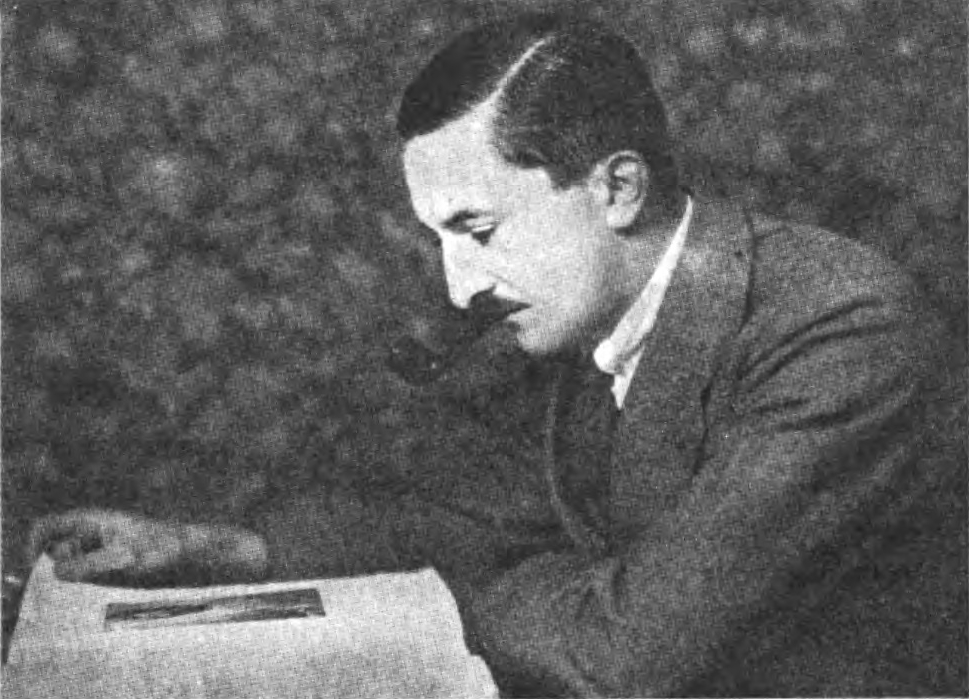
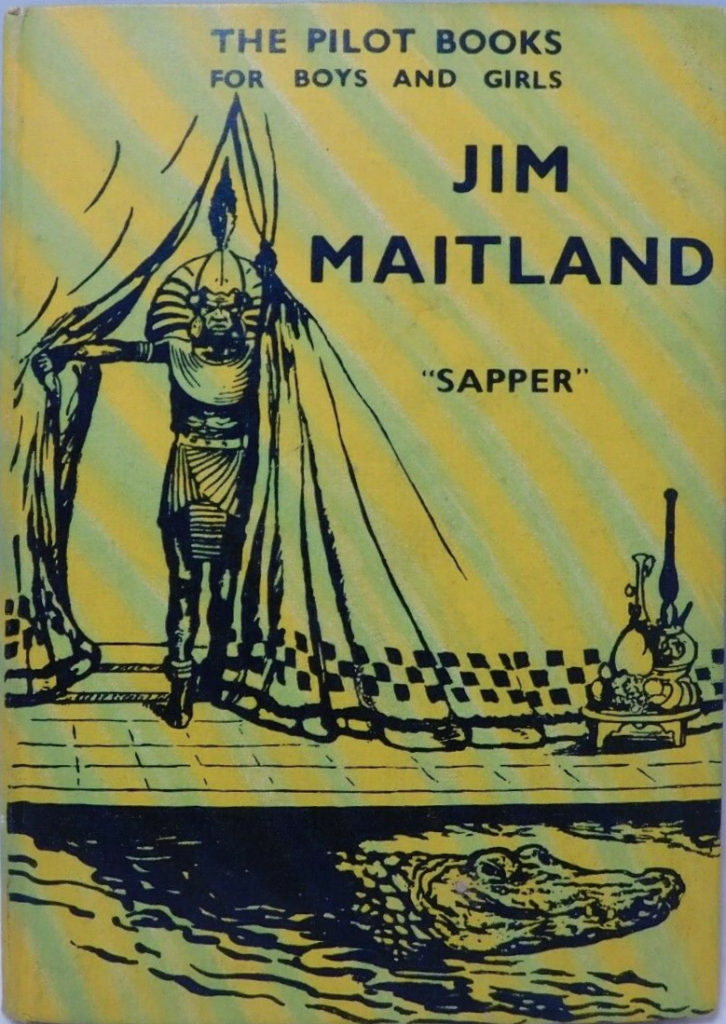

Four stories stood out in the collection. Colette finds Maitland in Valparaiso where he comes across a girl who asks him to rescue her from a shady tavern-keeper. The tavern keeper makes money out of desperate women by driving them to the so-called oldest profession, and he collects the money. Maitland tries to save the girl, and she returns the favor.
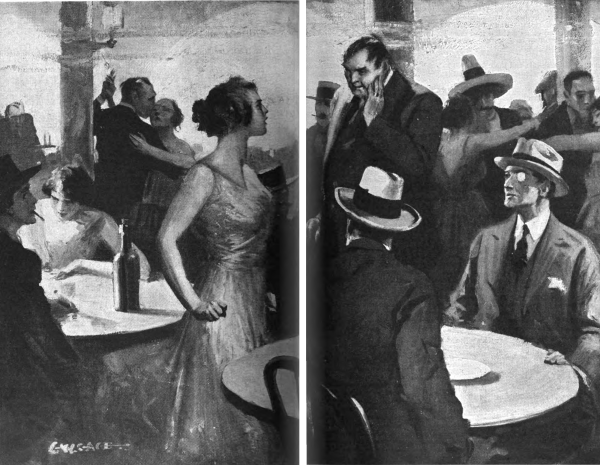
Pete Cornish’s revenge is a sequel to The fight at Bull Mine Creek in which Cornish was knocked out in front of the crowd of miners he was bullying; Cornish waylays Maitland and makes him climb down down a rope into a deep abandoned mineshaft. As he’s lowered into the shaft, Maitland’s luck seems to have run out… Illustration for the Jim Maitland story.

The Seven Missionaries is set at sea; a crew of hijackers disguised as missionaries are after a secret shipment of gold bullion. Maitland, outnumbered and outgunned, disappears but is he really going to let them get away with it? Of course not.
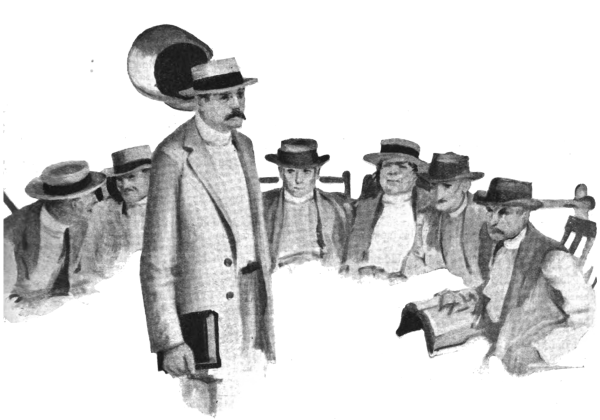
A game of bluff is fun; Maitland runs a bluff on crooked gamblers who swindle a boy of his company’s money. The bluff and the denouement are clever, and the villain is purged of his inner demons…and most everything else.
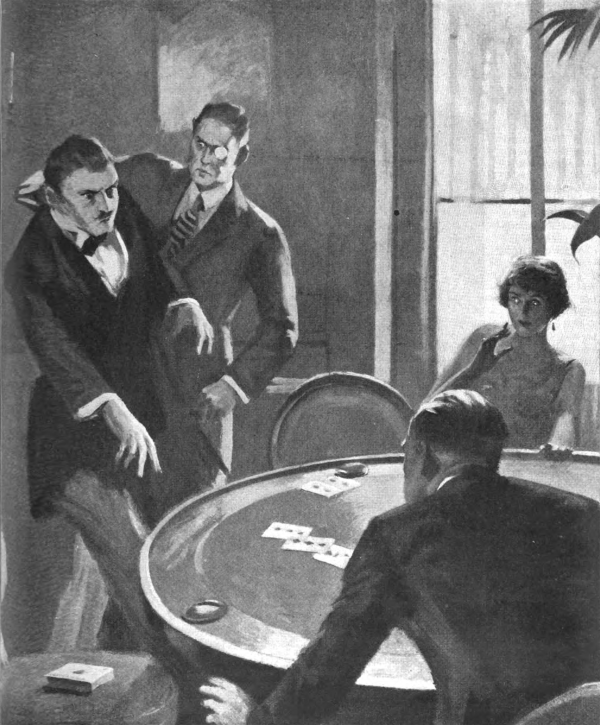
The madman at Corn Reef lighthouse demanded credulity beyond my breaking point. A solitary lighthouse keeper in an isolated place is suspected of madness and murder. Yet Maitland and his friends sleep through the night, keeping no watch on the man. Things go bad, thrillingly and stupidly…Spooky atmosphere but the plot hole lets the story down.
The killing of Baron Stockmar is the closest approach to a clubland story. A duel between the baron, a swinish brute, and Maitland the straight batting cricket player. Very much of its time; I found it dull.
The pool of the sacred crocodile is an Indiana Jones like action story, thrilling, but spoiled for me by Maitland breaking his bonds, rescuing the girl and getting rid of the villain without suffering a scratch. An experiment in electricity, the sequel, paints Maitland as a duffer who can’t see that the Egyptian prince on board their ship is the villain pursuing their party. I would have thought it obvious, since the prince was the only Egyptian on board, and Maitland and party had just received threatening messages on slips of paper. At the least, I would have been more cautious and less trusting than Maitland…
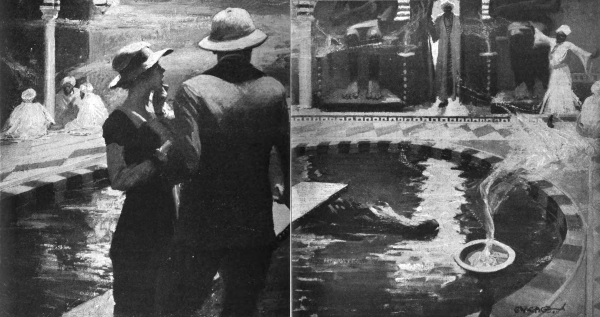
The rottenness of Lady Hounslow is a Maugham-ish tale of a gold-digger. Raymond Blair – Drunkard and Molly’s aunt at Angmeringare stories that complete a circle. The first gives Maitland a reason (scorned love) to wander, the second gives him a reason to stop wandering. Very little in terms of plot, and predictable in character development. All three stories feel out of place in this collection.
Sapper’s story telling and writing are generally good. Present in most stories are colonialist, macho and racist overtones, sometimes subtle, mostly in your face. It is a tribute to his storytelling skills that he manages to overcome these and make exciting reading. Read those four stories and let me know what you think.
The collection is available at Amazon for a reasonable price. For those of you who prefer an ebook, a copy is available at archive.org. Neither of them has these wonderful illustrations, which appeared in McClure’s where the series was first published in the USA.
This review does exactly what a good review should do — it makes want to read the stories, even those not as good as the others!
PS. Love the illustrations!
Thanks, Steve. I enjoyed David's review on your site and I'm glad I could return the favor. Modern books and stories are mostly sans illustrations; I miss them a lot.
I hadn't even heard of the Jim Maitland stories. They sound quite tempting.
You should try a couple of the highlights at least to see if you like them. A scanned copy is available at the Internet Archive: https://archive.org/details/jimmaitland00sappuoft